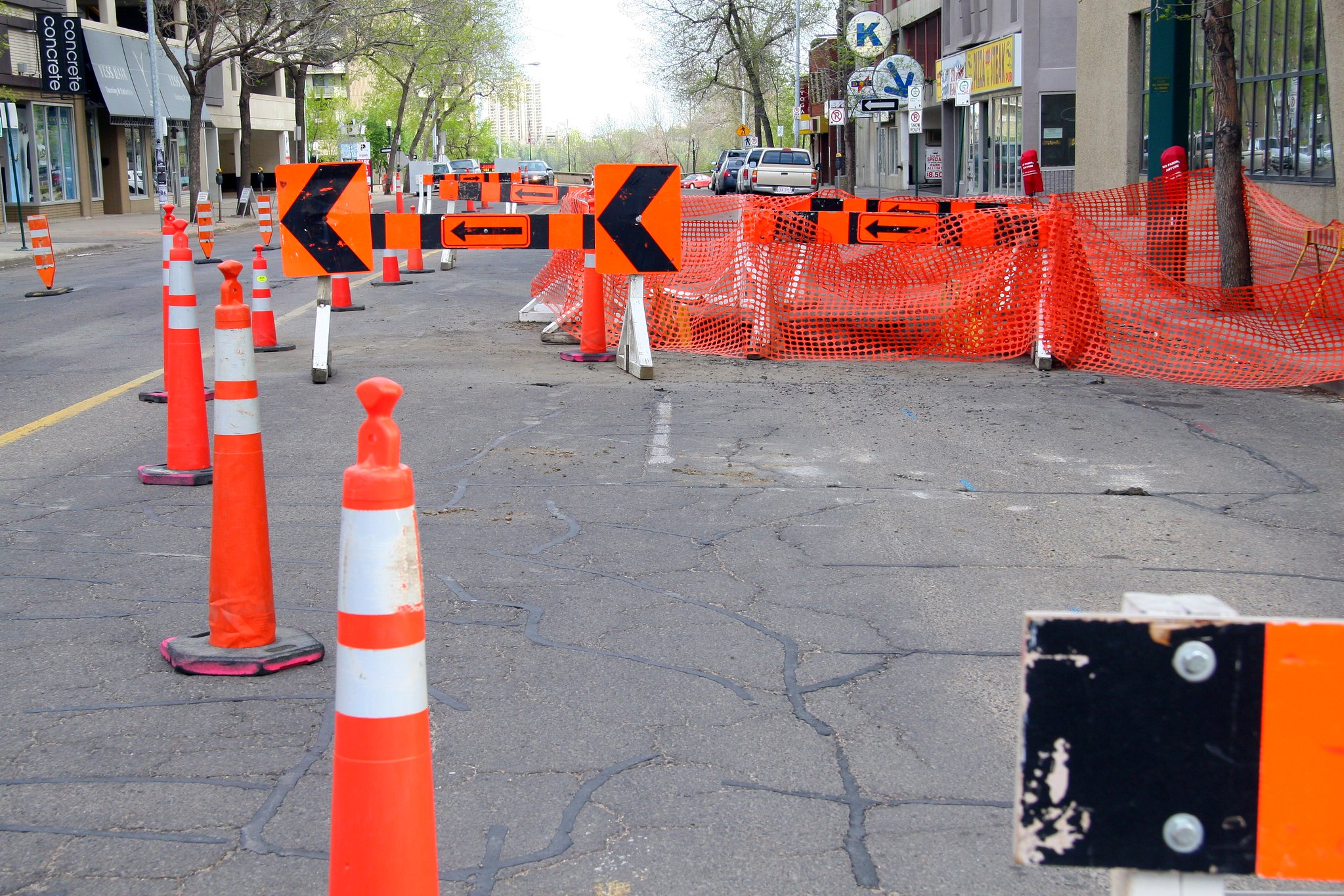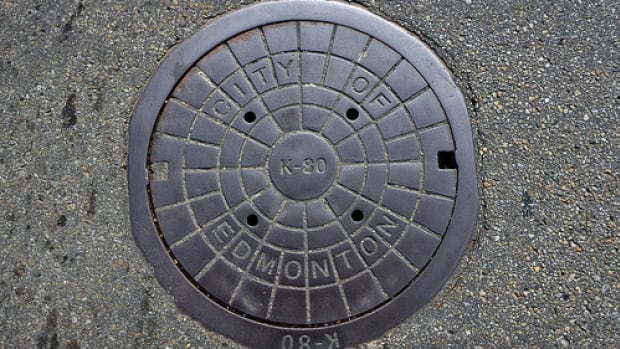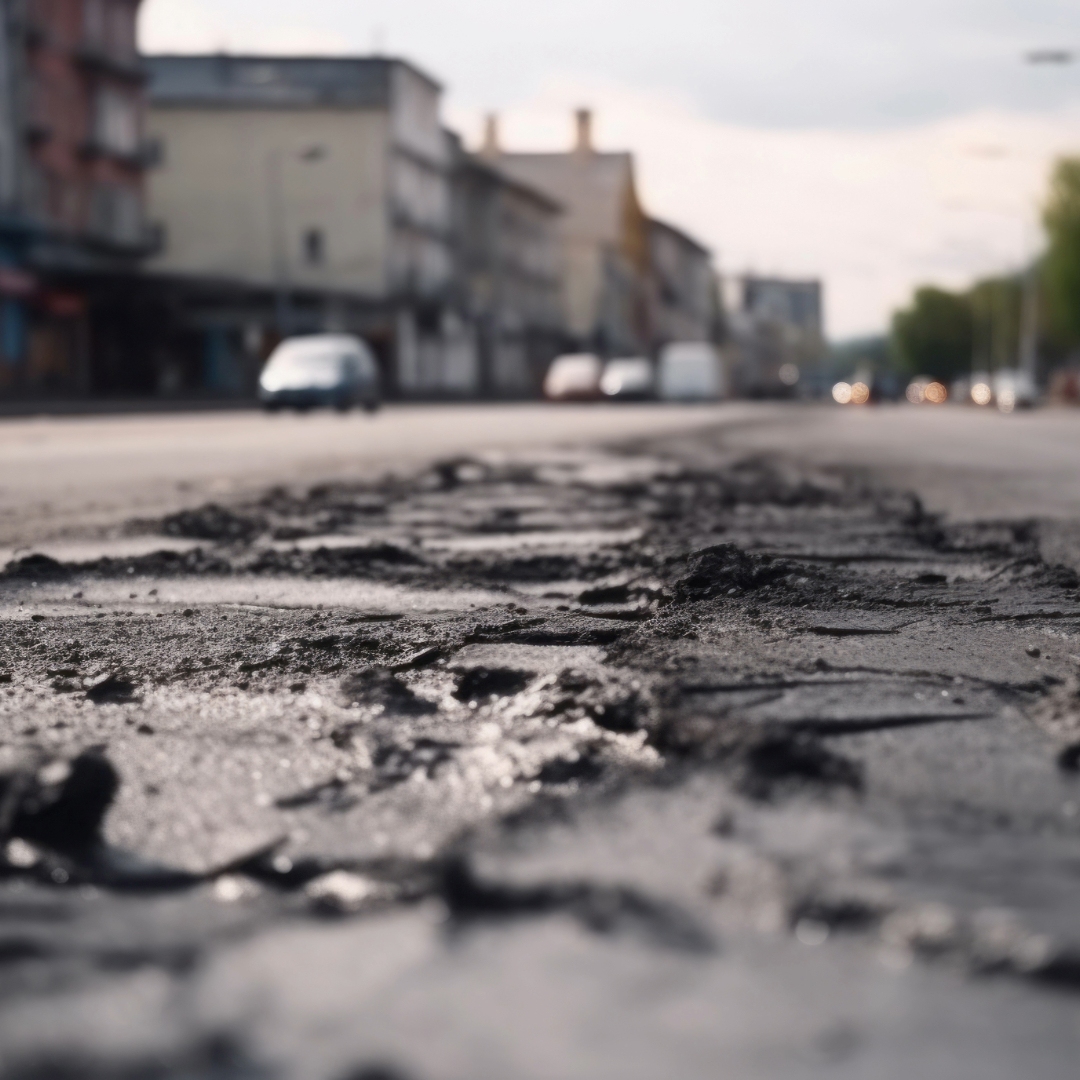Did you know? For the 2023 reporting year, the City of Edmonton’s existing road assets remain in good to very good condition with 73.3% in Good and Very Good condition, 15.3% in Fair condition and 11.5% in Poor or Very Poor condition. The total replacement value for all of Edmonton’s roads is valued at 9.7 billion dollars (2023).
Infrastructure is the backbone of cities and other municipalities, with roads and underground systems forming critical parts of urban developments. The lifecycle of these structures is long, involving a series of stages that ensure they are well-planned, constructed, maintained, and eventually replaced or decommissioned. Here we will explore each phase which plays an essential role in supporting the everyday functioning of cities, transportation systems, and utilities.
1. Planning and Design
The lifecycle of any road or underground infrastructure begins long before construction. It starts with the planning and design phase, where engineers, urban planners, and government agencies work together to identify the infrastructure needs of a region. Roads, stormwater ponds, and utilities must be designed to meet both present and future demands.
- Road Planning: Planners take into account factors like traffic flow, population growth, environmental impact, and safety considerations. The design must factor in the road's width, curves, intersections, drainage systems, and potential for future expansion. Additionally, pedestrian and cycling lanes, street lighting, and public transportation routes are considered.
- Underground Infrastructure Design: Underground systems, such as water pipes, sewage lines, electrical cables, and communication networks, are more complex. Civil engineers need to account for soil conditions, ground stability, and the risk of natural disasters (i.e., earthquakes or floods). The installation of underground utilities must be planned to minimize future disruptions to surface activities.

2. Construction
Once the planning and design phases are complete, the construction phase begins. This stage involves the physical creation of the infrastructure based on detailed blueprints.
- Road Construction: Building roads typically starts with land clearing, excavation, and grading to create a level surface. Then, layers of materials like gravel, asphalt, or concrete are added. Specialized equipment such as pavers, rollers, and graders is used to ensure the road is durable and smooth. Road construction also involves setting up signage, traffic lights, and other essential infrastructure.
- Underground Infrastructure Installation: Constructing underground infrastructure is often more challenging due to the need to work below the surface. Excavation is carried out carefully to avoid damaging existing structures. For example, laying water pipes or electrical cables often involves trenching. The installation is completed with careful sealing and testing to prevent future leaks or failures.
3. Operation and Maintenance
After construction, both roads and underground infrastructure enter the operation and maintenance phase, which can span decades.
- Road Maintenance: Roads are subject to wear and tear from traffic, weather conditions, and time. Routine maintenance includes regular inspections, repairs, resurfacing, and pothole filling. Roads may require major rehabilitation if they experience significant deterioration, especially in areas with heavy traffic or extreme weather. The goal is to ensure safety and smooth traffic flow while minimizing disruptions to daily life.
- Underground Infrastructure Maintenance: Underground utilities also require periodic inspection and maintenance. Aging pipes and cables can degrade over time, leading to leaks, blockages, or failures. For example, water pipes are prone to corrosion and may require relining or replacement. Similarly, power lines buried underground may require monitoring for faults. Advanced diagnostic tools, like remote sensors and robotic cameras, are used to inspect these systems without the need for disruptive excavation.
- Technological Advancements in Maintenance: In recent years, the use of smart infrastructure has grown. Sensors embedded in roads and underground utilities can provide real-time data about their condition. Predictive maintenance based on this data helps identify issues before they become critical, saving costs and reducing downtime.

4. Upgrades and Expansions
As cities grow and technology advances, both roads and underground infrastructure may need to be upgraded or expanded to accommodate increasing demand.
- Road Upgrades: Roads may need widening, additional lanes, or new bridges and overpasses to handle more traffic. In some cases, smart traffic management systems and toll collection methods may be introduced to optimize traffic flow. Roads may also be retrofitted to include pedestrian-friendly features or green spaces to promote sustainability.
- Underground Infrastructure Expansion: As cities grow, so do the needs for utilities like water, gas, and telecommunications. Underground systems may require the addition of new pipes or cables to meet the demands of a growing population. For example, new neighborhoods might need connections to the city’s water or sewer system, necessitating expansions to underground infrastructure.
5. Decommissioning and Replacement
Eventually, roads and underground infrastructure will reach the end of their useful lives. Decommissioning and replacement mark the final stage in the lifecycle of these systems.
- Road Decommissioning: When roads deteriorate beyond repair, they may be decommissioned or replaced entirely. In some cases, roads that are no longer needed may be repurposed for other uses, such as pedestrian paths, green spaces, or cycling lanes. The replacement process involves removing the old structure and rebuilding it to meet current standards.
- Underground Infrastructure Replacement: Like roads, underground utilities also have a finite lifespan. Pipes and cables can corrode, collapse, or become outdated. Replacement often requires significant disruption, as old infrastructure is dug up and replaced with newer materials or technologies. Edmonton uses a 5-point rating system to assess the condition of its infrastructure assets, from Very Good to Very Poor. This standardized system allows for comparisons across different asset types, including complex ones like facilities and roads. It helps City Council and Administration compare asset conditions and make better decisions on priority projects.

City of Edmonton Manhole cover
6. Sustainability and Environmental Considerations
Throughout all stages of a road or underground infrastructure’s lifecycle, sustainability has become an increasingly important factor. Modern construction methods now emphasize environmentally friendly materials, energy efficiency, and minimizing ecological impact. For example, recycled materials are often used in road construction, and water conservation technologies are integrated into underground systems.
Moreover, cities are incorporating green infrastructure, such as permeable pavements, green roofs, and stormwater management systems, which can help mitigate the environmental impact of urbanization. Roads and underground infrastructure are increasingly seen as integral parts of a city’s sustainability strategy.
The Path Forward
The lifecycle of roads and underground infrastructure is a complex, multi-phase process involving careful planning, construction, maintenance, upgrades, and eventual decommissioning. From the initial design to the final replacement, the goal is always to ensure safety, efficiency, and adaptability to changing urban needs. As cities grow and technology evolves, roads and underground infrastructure will continue to play a central role in shaping the future of transportation and urban living. With an emphasis on sustainability, the challenge is to create resilient systems that can serve the public for decades while minimizing environmental impact.
Bolson Engineering and Environmental Services is passionate about development. We have partnered with developers across Alberta to streamline their developments. Have a vision? Let us engineer your ideas. Contact us.

